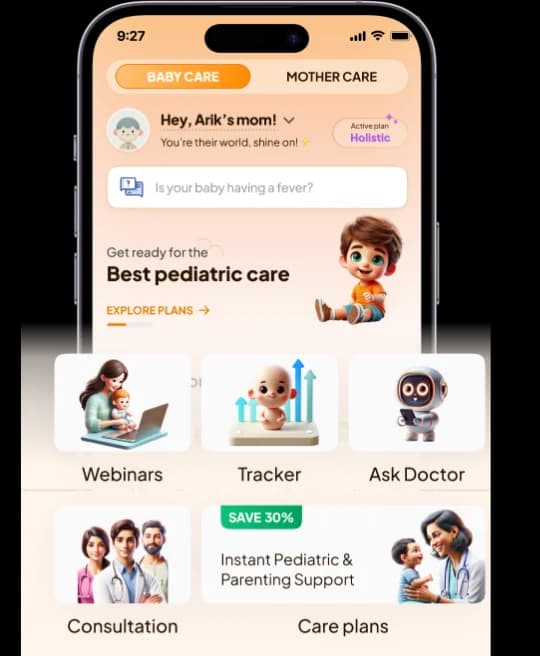
Has your child ever experienced an allergic response to something they ate? Perhaps you're just starting solids and want to know how to introduce allergenic foods properly? It might be difficult to correctly detect your child's reaction to particular meals.
The words ``food sensitivity" and "food allergy" are sometimes used interchangeably. This is due to the fact that they have some overlapping symptoms, giving them simple to mislead.
However, they each need significantly different care, which means that the measures you take for an allergy are substantially different than the ones you take for sensitivity, both in the short and long term.
Common Food Allergens
Certain foods have a higher likelihood of causing allergic reactions than others. These are known as the "Big Eight," and they are the most common allergens in children. The eight most prevalent food allergens in children are:
- Dairy
- Egg
- Fish
- Peanuts
- Shellfish
- Soy
- Tree Nuts
- Wheat
Detection Of A “Food Allergy” - Immediate Or 2 Hours
A food allergy reaction occurs immediately, sometimes within minutes, although it can occur at any moment within two hours of ingesting the trigger meal. Symptoms can range from mild to life-threatening. If your kid experiences symptoms after this two-hour period, it is unlikely that he or she has a real food allergy.
Benefits and Drawbacks of “Food Allergies”
- Benefits - Because of the short reaction time, allergies may be simpler to detect.
- Drawbacks - Severe anaphylactic allergic responses can be fatal. Additionally, certain allergies endure a lifetime, which can have a significant and long-term influence on your child's life.
